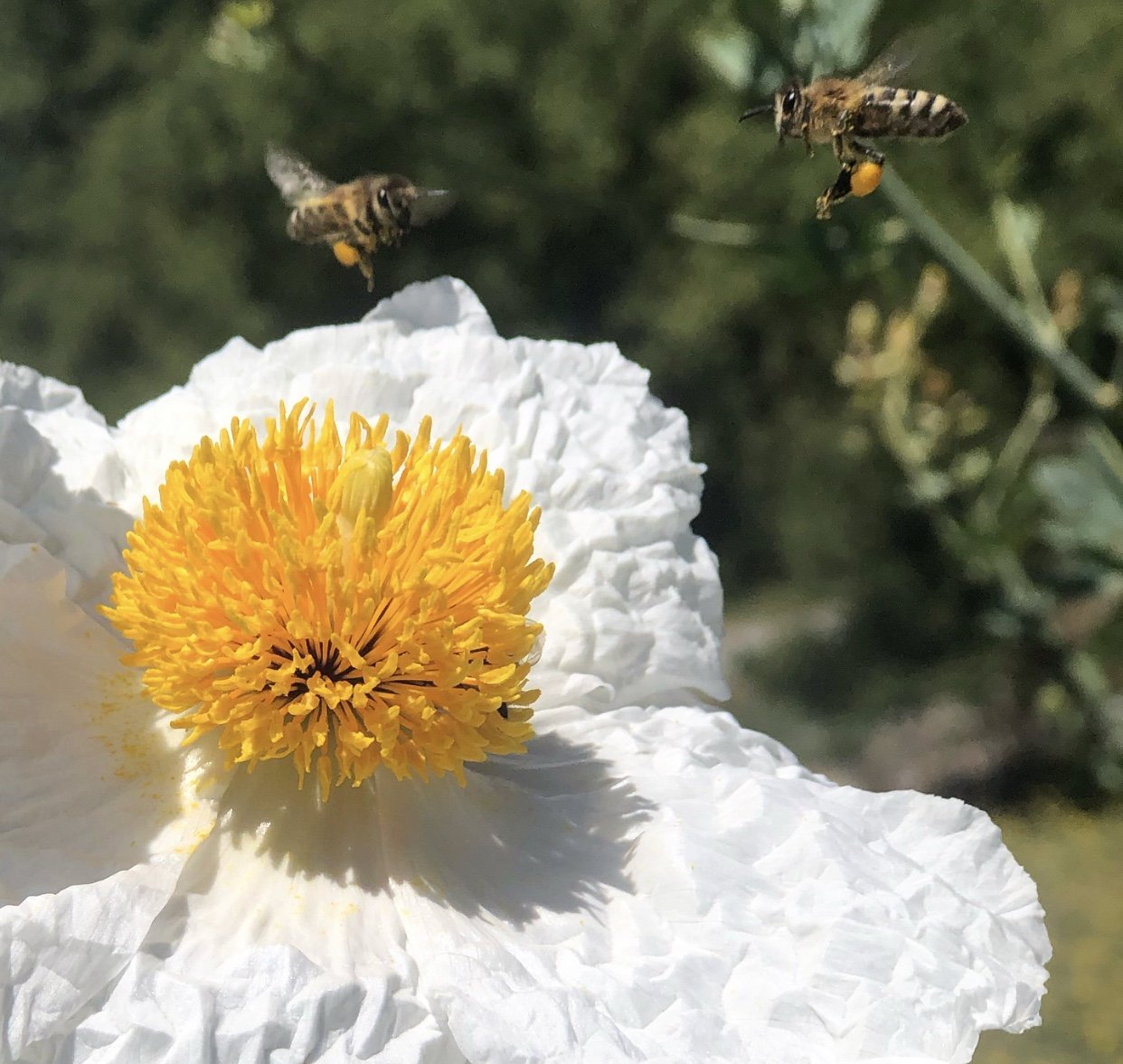Meet the Hive: Worker Bees
Worker bees are the female bees that keep the hive running smoothly. Their work is essential to the colony’s survival, and it changes throughout their lifetime depending on their age. For the first three weeks of life, a worker bee remains inside the hive, taking on a variety of critical roles before eventually becoming a forager. Let’s explore the fascinating journey of a worker bee, stage by stage.
Week 1: The Cleaners
As soon as a worker bee hatches from her cell, she immediately gets to work cleaning it. This is her first task—cleaning not only her cell but the entire brood nest. Clean cells are essential for storing pollen, nectar, and for the queen to lay fresh eggs. For the first few days of life, the worker bee’s main responsibility is to ensure the brood nest remains clean and orderly, preparing it for the next generation of bees.
In the second week of her life, the worker bee is in charge of feeding all of the brood in the hive. At this age, she has special glands in her head that are fully developed which allow her to make a protein-rich food called ‘royal jelly’. Royal jelly is essential for all of the young developing larvae and they’re fed upwards of 150 times each day!
A queen larva sitting in a pool of royal jelly
Week 2: The Nurses
In her second week, the worker bee transitions to feeding the hive’s brood. At this age, she has developed special glands in her head that produce a protein-rich substance known as royal jelly. This jelly is essential for nourishing the young larvae, which the worker bees feed up to 150 times a day!
Worker bees that care for the queen are called attendant bees. They provide her with royal jelly, groom her, and tend to her needs so that she can focus solely on laying eggs. Attendant bees stay with the queen for only 30-60 seconds before being replaced by another bee. As they interact with the queen, they spread her pheromones throughout the hive, signaling to the other bees that the queen is healthy and present.
Royal jelly is also the food of the Queen. The worker bees who feed the Queen are known as ‘attendant bees’. They feed, groom, and care for the queen so she can focus on laying eggs. The attendant bees remain with her for only 30-60 seconds and are constantly replaced by other bees. In the process of being in contact with her, the worker bees spread the important Queen pheromone all over the hive so the other bees know that she’s alive and well.
Attendant worker bees taking care of their Queen
Week 3: The Builders, Guards, and Attendants
By the third week of life, the worker bee takes on multiple crucial roles. She begins producing beeswax to help build the hive, works to ventilate the hive to maintain a stable internal temperature of around 95°F, and takes on the role of guarding the hive from intruders. At this stage, she also receives nectar, pollen, propolis, and water from the foraging bees returning to the hive.
What’s particularly interesting is that the worker bees play a key role in managing the hive’s resources. When a foraging bee returns with supplies, the worker bee receiving the load will either accept it enthusiastically if the hive needs more of that resource, or she’ll ignore the forager, signaling that the hive doesn’t need it at the moment. This simple communication helps ensure that the hive is efficiently stocked with only the necessary supplies.
The Final Role: Forager Bee
After spending three weeks inside the hive, the worker bee graduates to her final and perhaps most demanding job—foraging. Forager bees leave the hive to collect nectar, pollen, water, and propolis, which are essential to the colony's survival. This is the last stage of the worker bee's life, and she will spend the rest of her days gathering resources for the hive.
We’ll dive deeper into the fascinating life of a forager bee in an upcoming blog post, so stay tuned to learn more about how they navigate, communicate, and contribute to the hive!
Worker bees are truly the backbone of the colony, taking on a wide range of responsibilities to ensure the hive remains healthy and productive. Their journey from hatchling to forager is a remarkable demonstration of teamwork and dedication.
Forager bees with loaded pollen baskets



